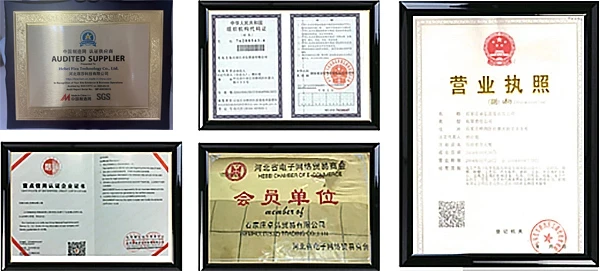



Understanding Different Forms of Sodium Hydroxide and Their Uses in Industry
Types of Sodium Hydroxide An Overview
Sodium hydroxide, commonly known as lye or caustic soda, is a highly versatile and widely used chemical compound with the formula NaOH. This strong alkaline substance is essential in various industrial, commercial, and household applications. Understanding the different types of sodium hydroxide and their characteristics is crucial for anyone working with this compound.
In its basic form, sodium hydroxide is typically available as a white solid or in a concentrated liquid solution. The most common type is the solid form, which is usually found in pellets, flakes, or granules. This form is highly hygroscopic, meaning it absorbs moisture from the environment, which is why it is often packaged in airtight containers to maintain its reactivity.
Types of Sodium Hydroxide An Overview
For more specialized uses, such as in the pharmaceutical or food industry, higher purity grades are available. These typically undergo more rigorous purification processes to ensure they meet stringent safety and quality standards. This pharmaceutical-grade sodium hydroxide is used in drug formulations, where precise dosing is critical.
types of sodium hydroxide

Another relevant classification of sodium hydroxide is based on its concentration. Can be found in concentrations ranging from less than 5% to over 50%. The lower concentrations are often used in household cleaning products, while higher concentrations are employed in industrial cleaning agents, where effective corrosion and fat removal are necessary.
Sodium hydroxide can also come in the form of a solution, which is prepared by dissolving the solid in water. This aqueous solution is widely utilized in various applications, such as pH regulation in water treatment plants and neutralizing acidic waste streams in chemical manufacturing. The concentrated solutions are particularly effective because they provide powerful alkaline properties that can neutralize acids swiftly and effectively.
In addition to its various forms and grades, sodium hydroxide is also classified based on its applications. In laboratories, it is primarily used as a reagent for acid-base neutralization reactions and for various analytical procedures. In the industrial sector, its applications range from waste treatment and chemical manufacturing to soap production and food processing.
Furthermore, sodium hydroxide plays a critical role in the energy sector, where it is utilized in the production of biofuels and the processing of crude oil. Its ability to assist in saponification reactions makes it essential in biodiesel manufacturing, converting fats and oils into valuable fuel alternatives.
In conclusion, sodium hydroxide is a fundamental chemical compound with diverse types designed for specific applications. Whether in solid or liquid form, high purity or industrial grade, understanding the different types and their uses is crucial for handling this powerful alkaline substance safely and effectively. As industries continue to innovate and expand, the range of applications for sodium hydroxide is likely to grow, further emphasizing its importance in modern chemistry and industry.
-
Why Sodium Persulfate Is Everywhere NowNewsJul.07,2025
-
Why Polyacrylamide Is in High DemandNewsJul.07,2025
-
Understanding Paint Chemicals and Their ApplicationsNewsJul.07,2025
-
Smart Use Of Mining ChemicalsNewsJul.07,2025
-
Practical Uses of Potassium MonopersulfateNewsJul.07,2025
-
Agrochemicals In Real FarmingNewsJul.07,2025
-
Sodium Chlorite Hot UsesNewsJul.01,2025










